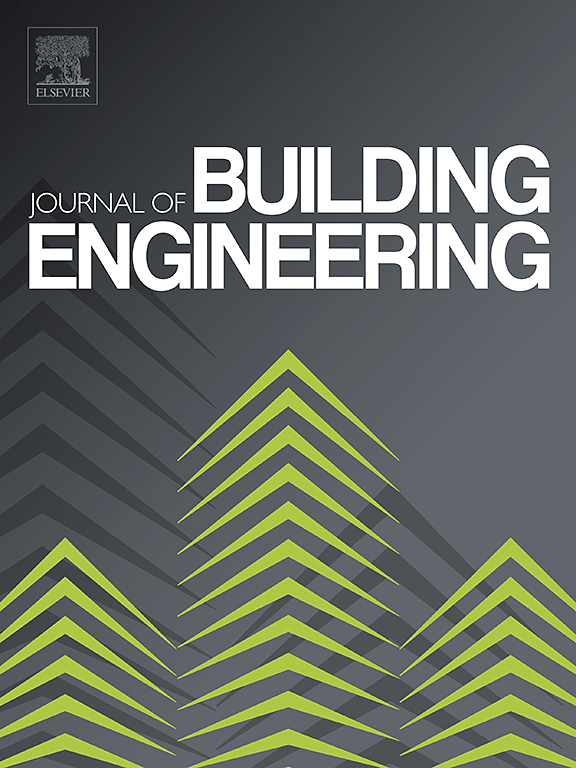Strength growth mechanism of lithium carbonate modified high-fluidity calcium sulphoaluminate cement-based mortar for rapid repair
IF 6.7
2区 工程技术
Q1 CONSTRUCTION & BUILDING TECHNOLOGY
引用次数: 0
Abstract
To address the temperature sensitivity during the hydration and hardening process of calcium sulphoaluminate (CSA) cement while ensuring good workability and avoiding strength retrogression, which makes it challenging to achieve rapid repair within 2h at room temperature, this study investigates the impact of lithium carbonate (LC) on the setting time, workability, and strength of CSA-based mortar incorporating mineral admixtures. The hydration process of CSA cement was characterized using hydration heat, X-ray diffraction (XRD), and scanning electron microscopy (SEM) to elucidate the modification mechanism of LC on CSA-based mortar. The findings indicate that as the LC content increases, the setting time of CSA-based mortar firstly rapidly decreases and then tends to stabilize, with minimal change in workability. The early compressive strength increases quickly and then levels off, while the flexural strength shows a general increase, thus the suitable LC content is 0.05 % of the CSA by mass; at this level, compared to the control group without LC, the 2h compressive and flexural strengths of LC modified CSA-based mortar at 20 °C are enhanced by 90.8 % and 60.1 %, respectively, and there is no retrogression in the later strength. Characterization through hydration heat, XRD, and SEM confirms that LC promotes early hydration of CSA cement, which is beneficial for the early growth of ettringite crystals and significantly modifies the temperature sensitivity of CSA-based mortar. The strength growth of CSA-based mortar is found to correlate with temperature and age through logarithmic and linear curvilinear relationships, respectively. Joint distribution functions for strength as a function of temperature T and age N as independent variables have been established.
求助全文
约1分钟内获得全文
求助全文
来源期刊

Journal of building engineering
Engineering-Civil and Structural Engineering
CiteScore
10.00
自引率
12.50%
发文量
1901
审稿时长
35 days
期刊介绍:
The Journal of Building Engineering is an interdisciplinary journal that covers all aspects of science and technology concerned with the whole life cycle of the built environment; from the design phase through to construction, operation, performance, maintenance and its deterioration.
 求助内容:
求助内容: 应助结果提醒方式:
应助结果提醒方式:


